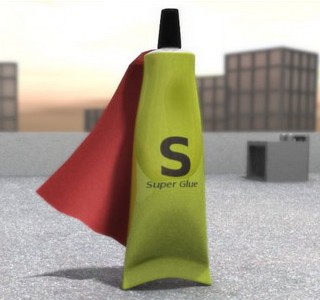 |
| Courtesy of zazzle.com |
 |
| Courtesy of wikipedia.com |
The perception of color is where things get a little tricky. When the human eye perceives a particular color, it can mean one of two things, either the incident light is only of that specific wavelength, or it is the entire visible spectrum of wavelength minus the complimentary color of the one that is observed. For instance, when you see a LASER that's red, the reason the light you see looks red is because the LASER is sending out a frequency of light around 700nm. Conversely, if you see a red shirt it's because molecules in the shirt are absorbing blue-green wavelengths and reflecting all the rest of the visible spectrum. Let's look at this idea in a little more detail.
 |
| Courtesy of stainsfile.info |
When white light hits a molecule (1), the electrons absorb certain wavelengths and are promoted to their excited states(2). The remaining light is then reflected at the observer who sees the remaining wavelengths that were not absorbed (3) (see figure above).
So when you don your green in the coming weekend, or take a sip of an artificially flavored drink, take a second to think of all those excited electrons jumping up and down, and relish in the intricate processes that bring us the beautiful world of color!
More on the history of dyes and organic chemistry:
- http://stoltz.caltech.edu/litmtg/2002/trend-lit-8_22_02.pdf
References:
- http://stainsfile.info/StainsFile/dyes/dyecolor.htm
- http://www.rsc.org/Membership/Networking/InterestGroups/OrganicDivision/organic-chemistry-case-studies/organic-chemistry-colour-dyes.asp
- http://chemistry.umeche.maine.edu/~amar/spring2010/OrganicDyes.pdf
- http://monographs.iarc.fr/ENG/Monographs/vol99/mono99-7.pdf



















